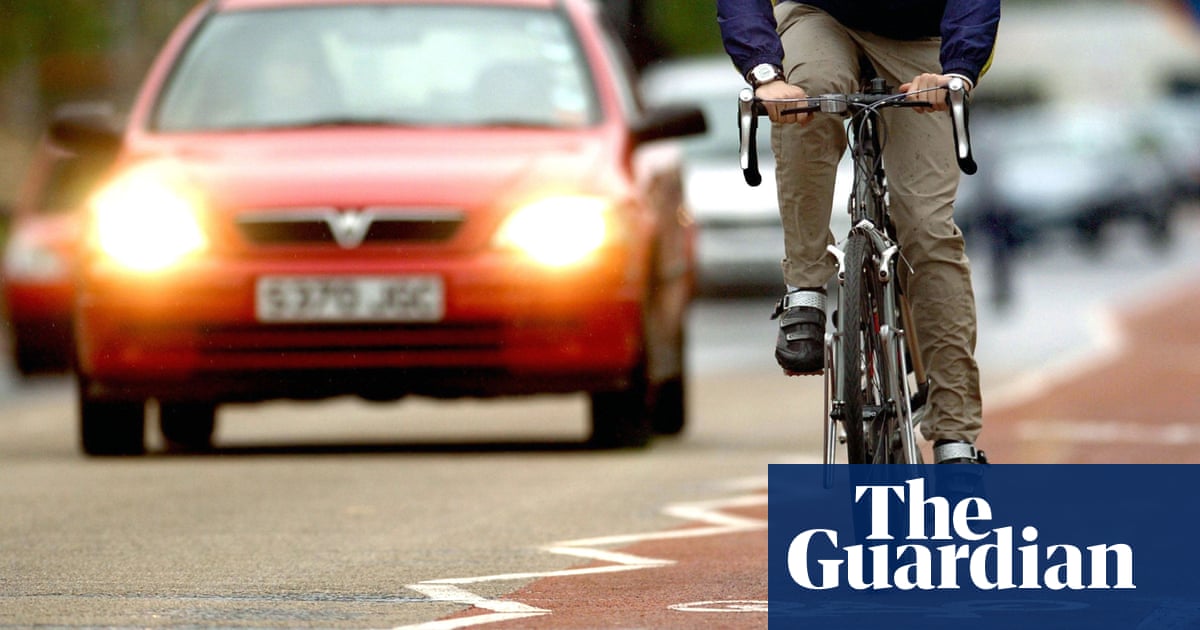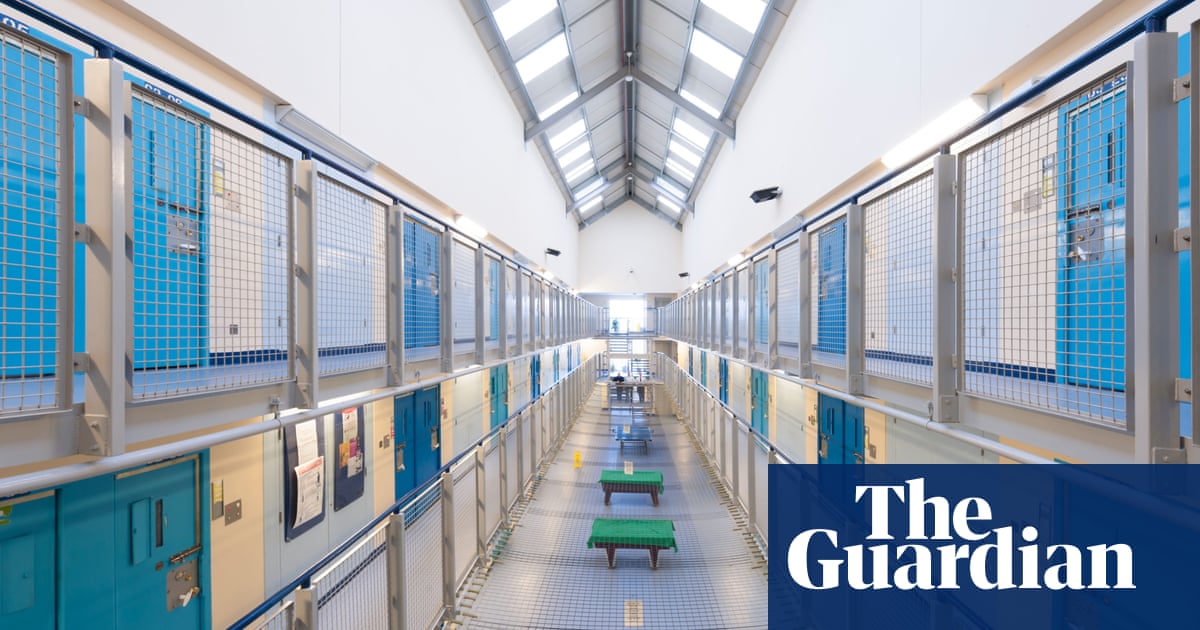
Ministers are very unlikely to meet their own targets to boost walking and cycling in England despite spending more than £2bn on active travel infrastructure, a damning report has found.
While most walking and cycling projects are delivered by local councils, until recently there were few guidelines for how these should be built, the government’s official spending watchdog said, and thus minimal oversight of their quality.
One official estimate cited in the National Audit Office (NAO) report suggested that over half of local authorities still “have low capability and ambition” for walking and cycling, as well as wheeling, when people use wheelchairs or mobility scooters.
Between 2016 and 2021, the NAO said, the Department for Transport (DfT) spent £2.3bn funding councils to build new active travel infrastructure without knowing which schemes were good enough.
It went on: “DfT does not know the totality of what local authorities have achieved through this funding and has identified that infrastructure it has funded may not have been good enough quality, including where interventions were largely cosmetic and did not provide a safe space for cycling.”
The report also criticised the department’s rush to push through a mass of walking and cycling schemes during Covid, in part to assist with social distancing, saying this “led to some poor value investments”.
The government thus seems unlikely to meet any of its four self-created goals for active travel, the report concluded: 50% of shorter urban trips being walked or cycled by 2030, and 55% by 2035; doubling the amount of cycling from 2013 to 2025; increasing the proportion of primary age children who walk to school to 55% in 2025; and having an average of 365 walked “stages” of travel per person a year by 2025.
Only the last of these four could be achieved, the report found, and even then only if the DfT’s most optimistic modelling comes to pass.
With the other three measures, levels of activity are lower than they were when the government’s first cycling and walking investment strategy for England was published in 2017.
While the DfT estimates that active travel has a high benefit-to-cost ratio – returning £430 for every £100 spent, taking into account the benefits to the environment and public health – the NAO found that the department has no plan in place to measure these, for example the contribution investments in walking and cycling make to decarbonisation.
The NAO did, however, find one cause for optimism: the creation under Boris Johnson’s government of Active Travel England (ATE), designed to be an Ofsted-style regulator with the powers to make sure councils’ schemes are properly designed and built.
ATE is working to improve the monitoring of schemes and their effectiveness, something the NAO said could help improve the DfT’s work.
More generally, the report recommends a more stable and long-term approach to funding walking and cycling, which has not been the case recently.
This week it emerged that the DfT is facing a legal challenge by a campaign group after its decision in March to slash spending on walking and cycling in England.
Funding for the rest of this parliament is now estimated to be as little as £1 per person a year, against equivalent figures of £23 for Wales and £58 in Scotland.
Gareth Davies, head of the NAO, said that while active travel could deliver significant benefits, “the DfT knows little about what has been achieved through its past spending and is not on track to achieve most of its objectives”.
He said: “Establishing ATE is a good step; ATE and DfT must now maintain this early positive momentum, by learning what works and applying it and building partnerships across central and local government.”
A DfT spokesperson said: “We are committed to ensuring that more people choose to walk, wheel and cycle across England and that’s why we are investing £3bn up to 2025, more than any previous government, to help people choose active travel.
“ATE was established last year to drive up standards of active travel schemes, working closely with local authorities to make sure they deliver high quality schemes which work for, and encourage, local residents to travel actively.”












